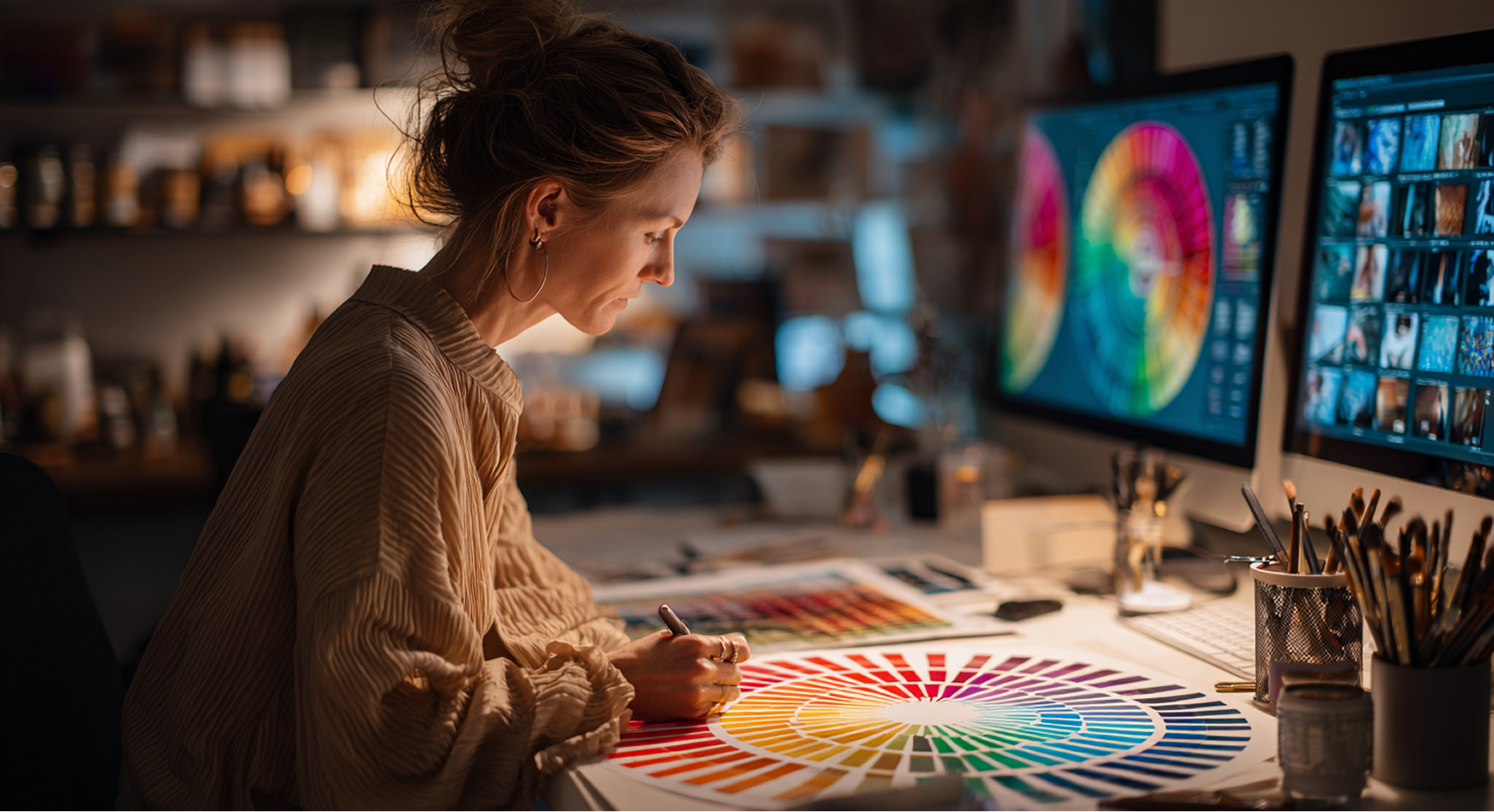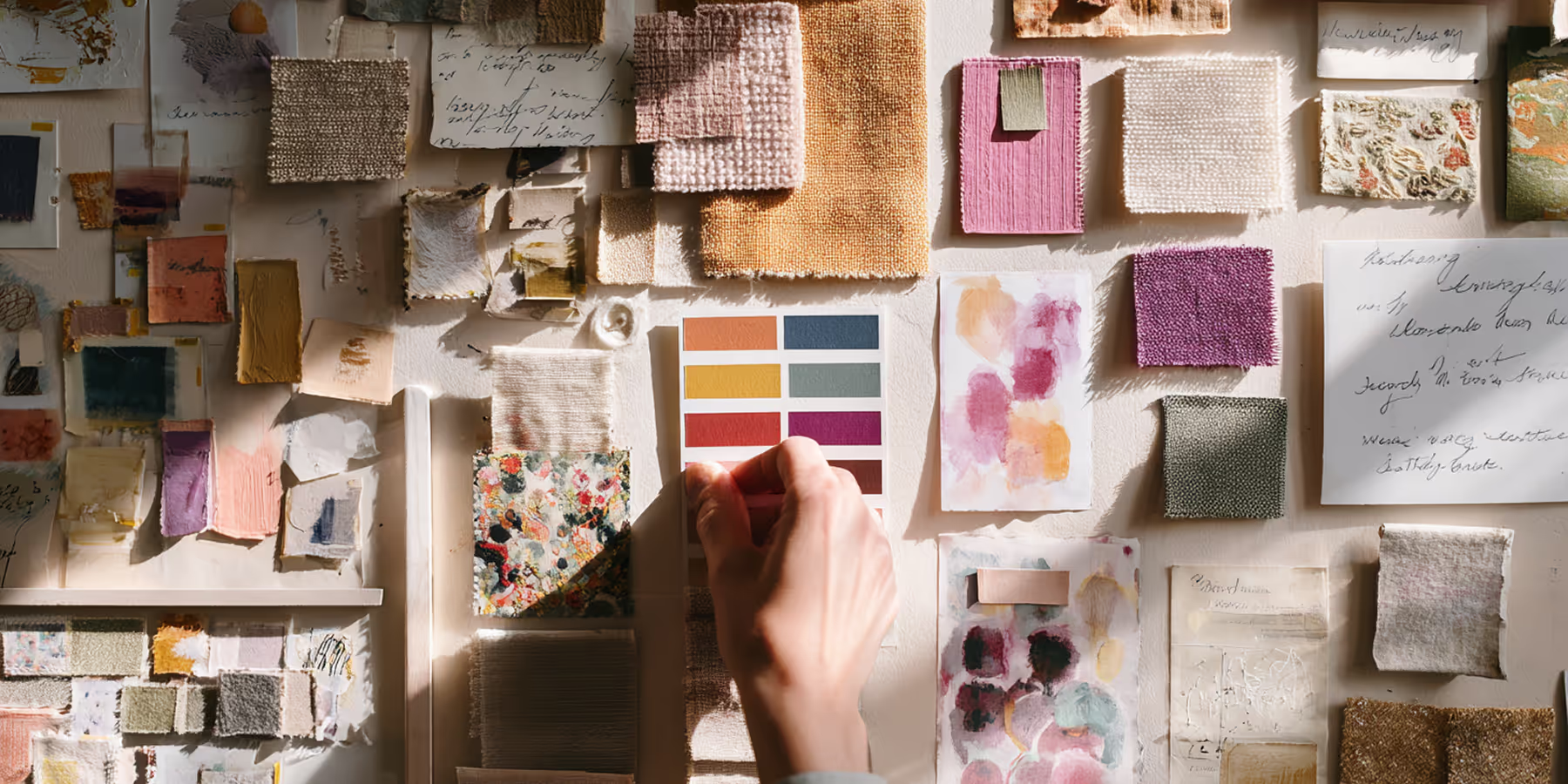Introduction
Color is one of the most powerful tools in a designer’s arsenal. It can evoke emotion, create hierarchy, and guide the user’s experience. Understanding color theory is essential for creating modern, visually appealing designs. In this article, we’ll break down the basics of color theory and how to apply them to your projects.

Understand the Basics of Color Harmony
Learn about primary, secondary, and tertiary colors, and how they interact on the color wheel. Use complementary and analogous color schemes to create balance and contrast. Consider the psychological impact of colors—blue for trust, red for excitement, green for growth.
Test your palette in different contexts and devices to ensure accessibility and consistency. Don’t be afraid to experiment and push boundaries with bold color choices.
“Color is a power which directly influences the soul.” – Wassily Kandinsky
Great design starts with a thoughtful approach to color. Let your palette tell a story and enhance the user’s journey.
Conclusion
Mastering color theory will elevate your designs and help you communicate more effectively. Use color intentionally and watch your work come to life.










